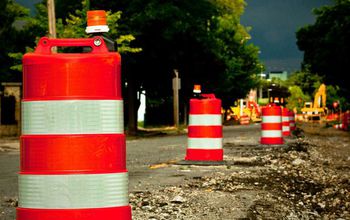Multimedia Gallery
Lemos' studies in the Great Lakes region found potholes to be among the stressors affecting locals.
Building a model for strategic thinking about adaptive capacity requires gathering and studying an enormous amount of regional data. Adaptive capacity involves variables that can vary wildly among different locations and communities. In contrast to the stressors that affected the areas of Brazil Lemos studied, her research in the Great Lakes found factors such as an increased number of potholes were stressing the community. The region had built up measures for dealing with winters, but was less prepared for increased flooding and cities warming.
Credit: University of Michigan
Images credited to the National Science Foundation, a federal agency, are in the public domain. The images were created by employees of the United States Government as part of their official duties or prepared by contractors as "works for hire" for NSF. You may freely use NSF-credited images and, at your discretion, credit NSF with a "Courtesy: National Science Foundation" notation.
Additional information about general usage can be found in Conditions.
Also Available:
Download the high-resolution JPG version of the image. (2.0 MB)
Use your mouse to right-click (Mac users may need to Ctrl-click) the link above and choose the option that will save the file or target to your computer.
Related story: Exploring the human side of climate change adaptation



